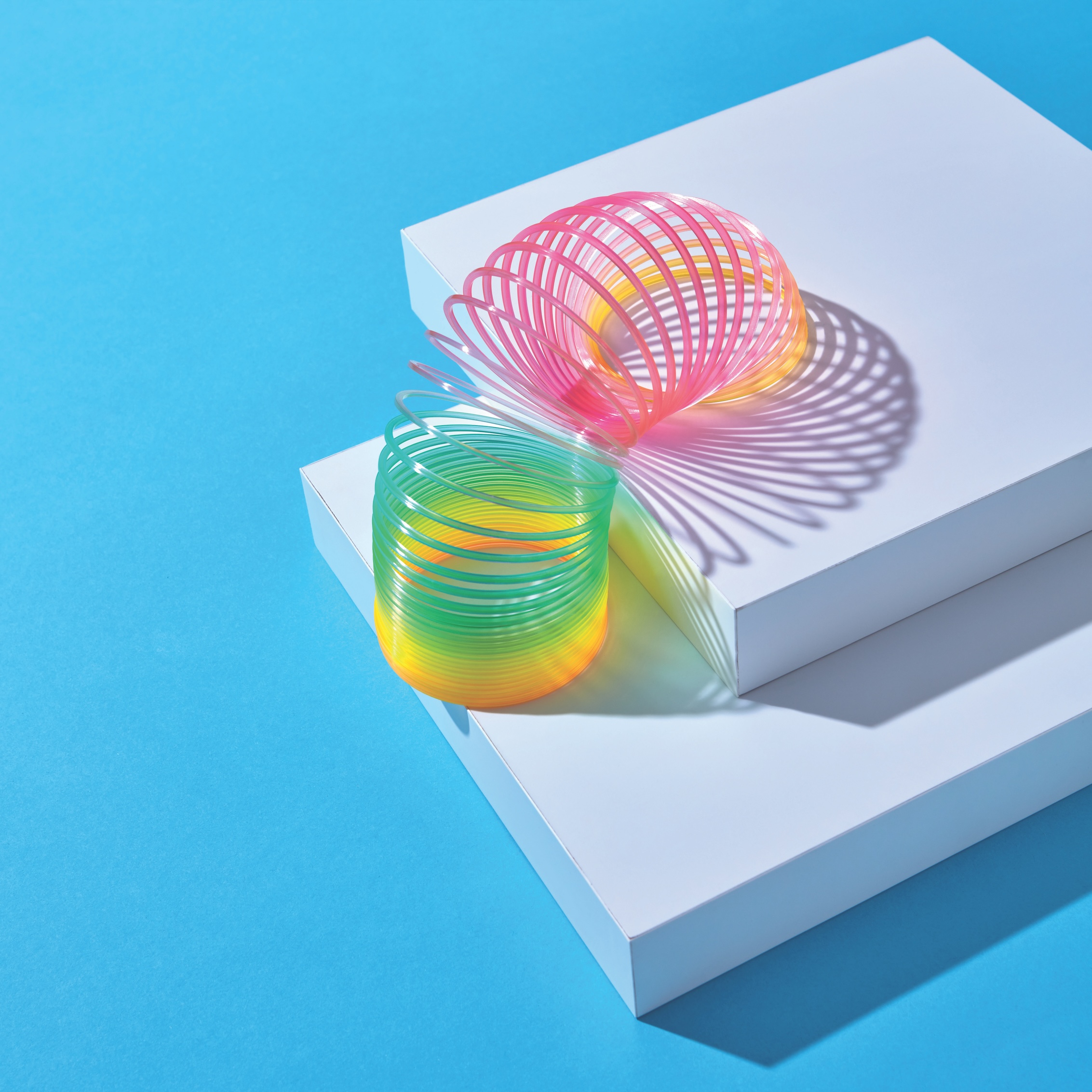Design isn’t just for products. Nike’s Andre Martin and Drew Fifield describe how the athletic goods juggernaut uses design thinking to create a cutting-edge talent development program.
At Nike, product design and innovation are at the core of the creative process, and our business is centred around putting ourselves in the shoes of our consumers. At its best, design is the perfect balance of form and function that “captivates at first glance”, as John Hoke, Nike’s vice president – global design, puts it. In an effort to extend Nike’s design aesthetic, we’ve applied a designer’s mindset to the execution of our talent development strategy. We’ve asked ourselves, what could it mean to put the employee at the centre as we design talent solutions in service of unleashing their full potential? As we approached this challenge, we focused on three big shifts in traditional learning and development thinking that are critical in developing leaders of growth…
Shift 1- From employees as workers, to employees as consumers
Nike’s mission – to bring inspiration and innovation to every athlete (if you have a body, you are an athlete) in the world – begins with employees. Our team is the spark behind innovation that shapes the future of sport, and our talent strategy centres around building global, capable diverse talent to fuel growth. That’s why we put employees and their needs at the centre of our talent strategy. This consumer mindset demands that we develop a deeper understanding of the employees we serve, to truly know what motivates and engages them. It is our north star – it reminds us that every effort we take to invest in our talent is to unleash their full potential.
Shift 2- From instructional designers to product and experience designers
As talent product and experience designers, we build empathy with our consumers – employees – to better understand their unmet needs; whether they are a financial analyst on their first day in a field office, a tenured retail manager eager to advance, or an executive transitioning into a complex and challenging role. We use this understanding as the fuel for a design brief that maps consumer insights with ideas. From there, prototyping and iterating solutions alongside the consumer begins by enrolling employees as co-designers. Inviting them into the process early not only builds a better product, it ensures we have champions who can demonstrate the value of the programme, from day one.
Shift 3- From programme evaluation to rapid prototyping
Gone are the days of smile sheets, post-programme surveys, and a narrow view of participant satisfaction as the sole evaluator of success. At Nike, we use a co-design evaluation process that is built to encourage deeper learning from the employees we serve. We mine the insights we receive and work with employees to create better experiences for those who will come next. We do this by collecting rich stories from our employees and comparing that narrative with what we learned from them earlier in the process. In practice, does their experience match our intent for them? These stories are used as a frame of reference as we meet with stakeholders and leaders to assess the impact of our design. From that, new outcomes or consumer needs emerge, and we begin the design process once again.

Read more about Duke CE’s work on Design Thinking.
An adapted version of this article appeared on the Dialogue Review website.



